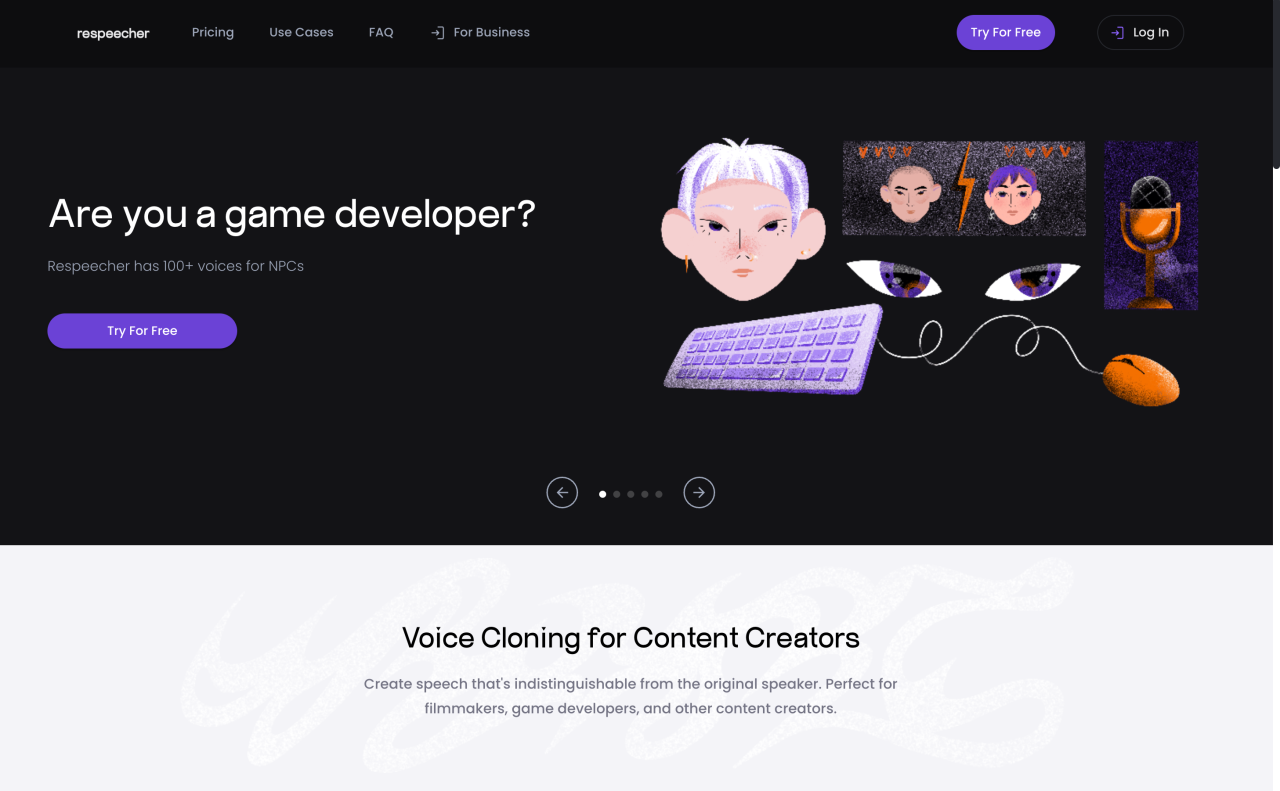How to choose the best AI voice generator for e-learning? It’s a question many educators and content creators are asking. Finding the right AI voice can dramatically improve the engagement and accessibility of your online courses. This guide walks you through the key factors to consider, from understanding your audience’s needs to evaluating voice quality and integrating the technology into your e-learning platform.
Get ready to transform your online learning experience!
Choosing the perfect AI voice generator involves more than just finding a voice that sounds good. You need to consider factors like the target audience, the desired tone, accessibility features, and integration with your existing e-learning platform. This guide will help you navigate these complexities and select the best tool for your specific e-learning needs. We’ll explore different features, pricing models, and integration methods to empower you to make an informed decision.
Choosing the Right AI Voice Generator for E-learning
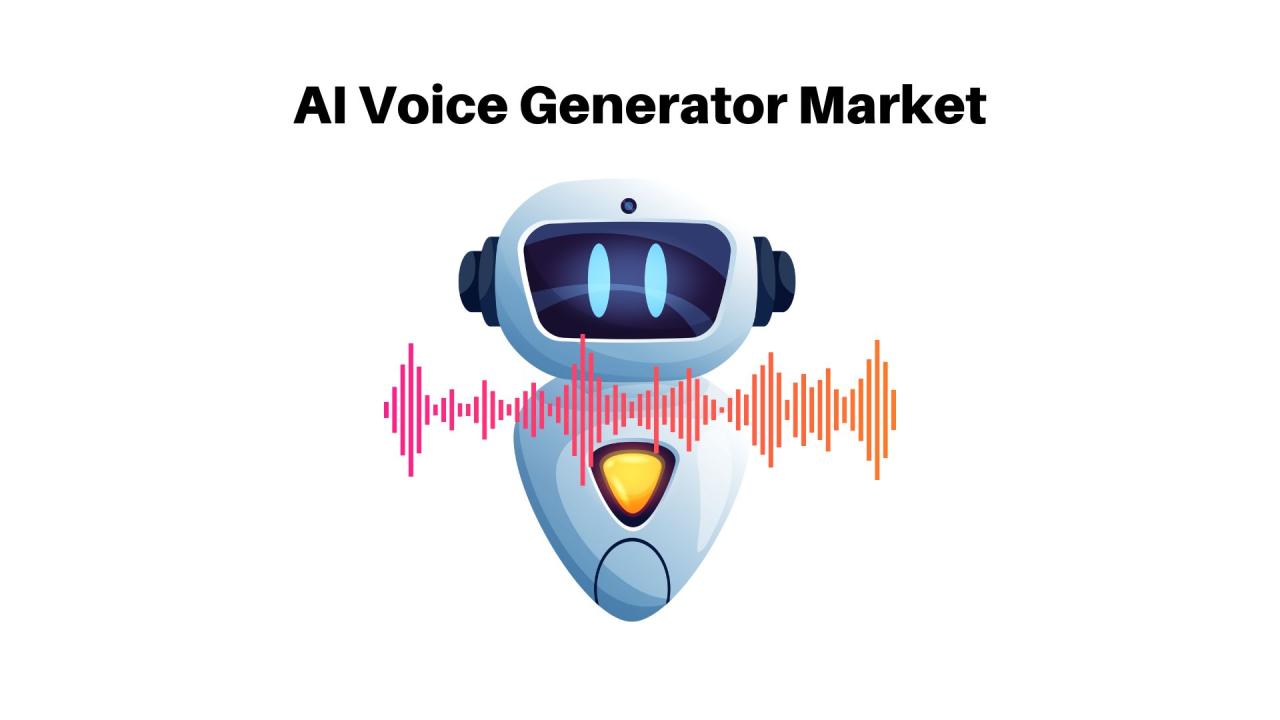
Creating engaging e-learning materials often involves incorporating audio narration. AI voice generators offer a cost-effective and efficient solution for producing high-quality voiceovers. However, selecting the right AI voice generator requires careful consideration of several factors. This guide will walk you through the process of choosing the best AI voice generator to enhance your e-learning content.
Identifying E-learning Needs and Voice Requirements
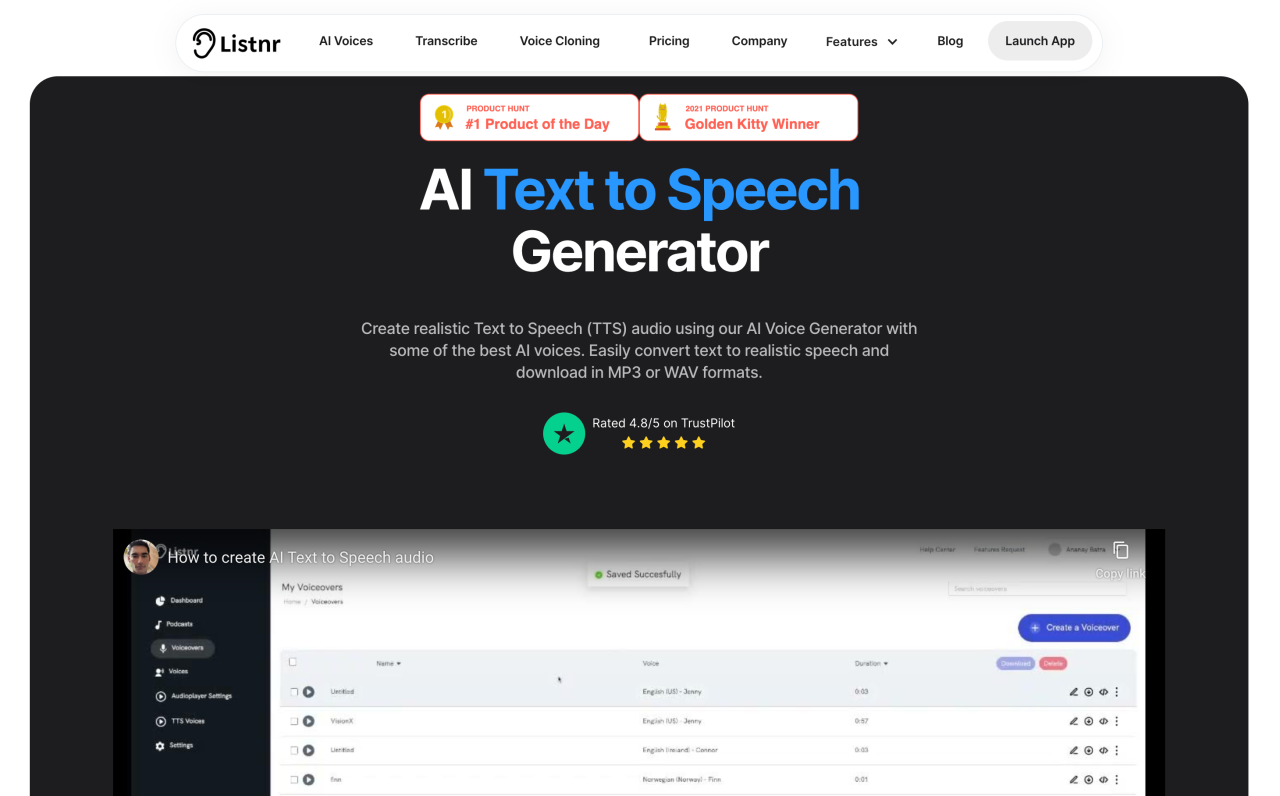
Before diving into the world of AI voice generators, understanding your e-learning needs is crucial. This involves analyzing your target audience, defining the desired voice style, and outlining accessibility requirements.
- Target Audience and Learning Styles: Consider the age, educational background, and learning preferences of your learners. For younger audiences, a playful and engaging voice might be suitable, while a more formal tone might be appropriate for professionals. Visual learners might benefit from a voice that complements the visual elements.
- Desired Tone and Style: The tone should align with the overall learning objectives and content. A friendly and approachable voice is ideal for introductory modules, while a more authoritative tone might be suitable for complex topics.
- Accessibility Features: Ensure the chosen AI voice generator offers features like multiple languages, adjustable speed and pitch, and support for screen readers to cater to diverse learners with disabilities.
| Content Type | Gender | Age Range (Voice) | Tone/Style |
|---|---|---|---|
| Narration | Neutral or slightly warm | 30-40 years | Clear, professional, engaging |
| Character Voices (e.g., for interactive scenarios) | Varied, depending on character | Appropriate to character | Consistent with character personality |
| Interactive Quizzes/Feedback | Neutral or friendly | 25-35 years | Encouraging, positive |
| Videos | Neutral or slightly authoritative | 35-45 years | Clear, concise, informative |
Evaluating AI Voice Generator Features
Several AI voice generators are available, each with its own strengths and weaknesses. Careful evaluation of their features is essential.
- Text-to-Speech Capabilities: Compare the naturalness, clarity, and emotional range of different generators. For example, NaturalReader, Murf.ai, and Speechify offer diverse voices and features. NaturalReader often excels in clarity, Murf.ai in expressive options, and Speechify in its ease of use for quick tasks.
- Cloud-Based vs. Locally Installed: Cloud-based solutions offer scalability and accessibility but may raise privacy concerns and depend on internet connectivity. Locally installed generators offer greater control and privacy but may require more technical expertise.
- Natural-Sounding Speech and Intonation: Natural intonation and pauses are critical for maintaining listener engagement and comprehension. Avoid robotic-sounding voices.
- Essential Features:
- Emotion control (e.g., happy, sad, angry)
- SSML (Speech Synthesis Markup Language) support for advanced control over pronunciation and intonation
- API integration for seamless integration with e-learning platforms
- Multiple language support
- Customizable voice parameters (speed, pitch, volume)
Assessing Voice Quality and Naturalness
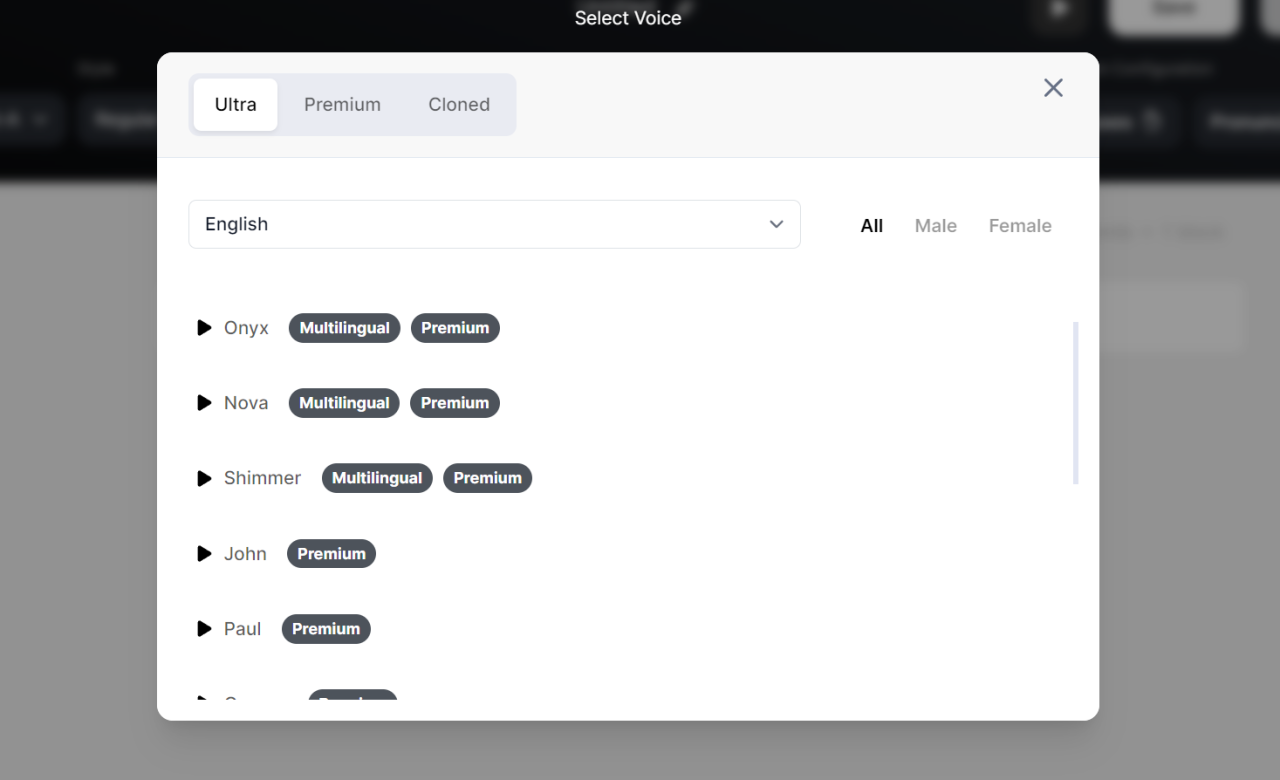
Evaluating the quality and naturalness of an AI voice is subjective but can be approached systematically.
- Clarity, Fluency, and Naturalness: Listen for any robotic qualities, unnatural pauses, or mispronunciations. Assess the overall flow and rhythm of the speech.
- Effect of Voice Parameters: Experiment with different pitch, tone, and pace settings to determine their impact on listener comprehension and engagement. A monotone voice can quickly lose the listener’s attention.
- Negative Impact of Poor Voice Quality: Poor voice quality can lead to frustration, decreased comprehension, and a negative learning experience. It can also create an unprofessional impression.
- A/B Testing: Create two versions of an e-learning module, each using a different AI voice. Gather feedback from a small group of learners to determine which voice is preferred. This could involve a simple survey asking for their preference and reasons.
Considering Pricing and Licensing Models
The cost of AI voice generators varies significantly depending on the pricing model and features.
Picking the right AI voice generator for your e-learning platform is key; you need natural-sounding voices that keep learners engaged. Consider factors like voice quality and pricing before making a decision. For example, while you’re making these choices, you might also hear that the O’s agree to a 1-year deal with veteran SP Charlie Morton, O’s agree to 1-year deal with veteran SP Charlie Morton , but that’s a totally different kind of deal! Ultimately, the best AI voice generator will depend on your specific needs and budget for your e-learning project.
- Pricing Structures: Common models include subscription-based access, pay-per-use, and one-time purchases. Subscription models are often more cost-effective for large projects or ongoing use.
- Licensing Implications: Understand the licensing terms for commercial use to avoid copyright issues. Some licenses might restrict the type of content or the number of users.
| AI Voice Generator | Pricing Model | Cost per Minute (Estimate) | Best Use Case |
|---|---|---|---|
| Example Generator A | Subscription | $0.01 – $0.05 | Long-form e-learning courses |
| Example Generator B | Pay-per-use | $0.05 – $0.10 | Short videos and announcements |
| Example Generator C | One-time purchase | Varies | Small projects with limited usage |
| Example Generator D | Freemium | Free for limited use, paid for advanced features | Testing and small projects |
Cost-saving strategies include carefully estimating voiceover needs, leveraging free trials, and comparing pricing across different generators.
Integrating the AI Voice Generator into E-learning Platforms, How to choose the best AI voice generator for e-learning
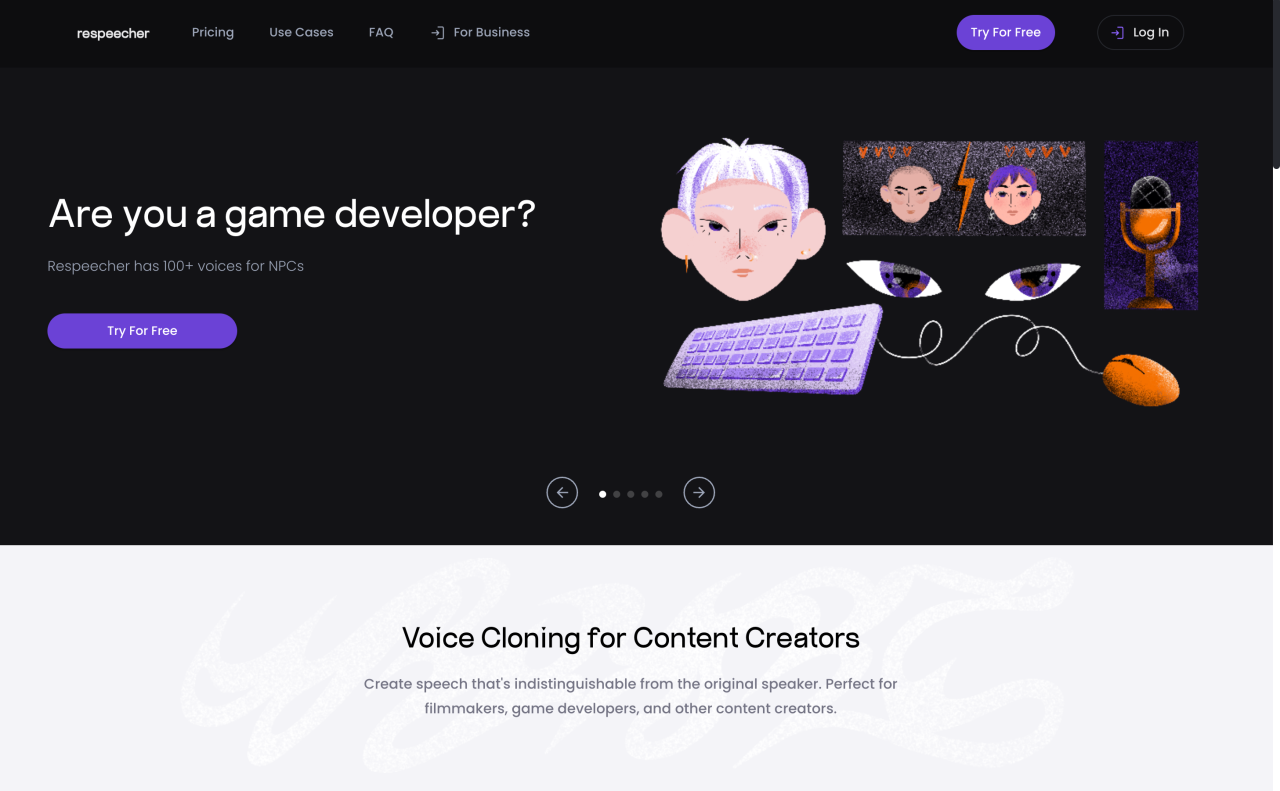
Integrating the chosen AI voice generator into your e-learning platform requires careful planning and execution.
- Technical Requirements: Check the compatibility of the AI voice generator with your chosen e-learning platform (e.g., Moodle, Canvas, Articulate Storyline). Some platforms offer direct integration, while others may require custom coding or API integration.
- Creating an E-learning Module: The process typically involves preparing the script, generating the AI voiceover, and embedding the audio into your e-learning module using the platform’s media features.
- Seamless Integration: Ensure the AI voiceover is synchronized with other multimedia elements (e.g., videos, animations) for a cohesive learning experience.
- Workflow for E-learning Video Production: A typical workflow might involve using a scriptwriting tool, an AI voice generator (like Murf.ai or Speechify), a video editing software (like Adobe Premiere Pro or DaVinci Resolve), and potentially animation software if visual elements are needed. The script is written, the AI generates the voiceover, and then this audio is synced with the video and other elements in the video editor.
Picking the right AI voice generator for your e-learning platform is key; you want natural-sounding voices that keep learners engaged. Consider factors like voice quality and language support, and don’t forget the cost! It’s also interesting to note that many of these generators’ hardware components are manufactured in China, as discussed in this fascinating article: China is the manufacturing superpower | Hacker News.
Ultimately, the best choice depends on your budget and the specific needs of your course.
Last Point: How To Choose The Best AI Voice Generator For E-learning
Selecting the ideal AI voice generator for your e-learning materials is a crucial step in creating engaging and accessible online courses. By carefully considering your audience’s needs, evaluating voice quality and naturalness, and understanding the various pricing and licensing models, you can significantly enhance the learning experience. Remember to test different options and prioritize seamless integration with your chosen e-learning platform.
With the right AI voice, you can transform your online courses into captivating and effective learning experiences.
Picking the right AI voice generator for your e-learning platform means considering factors like naturalness and tone. You also want a service that’s easy to integrate with your learning management system. If you’re looking to boost your tech skills to create even better e-learning content, check out these best online IT courses for career advancement – they might help you build the perfect e-learning experience.
Once you’ve got those skills, choosing the best AI voice generator will be a breeze!
User Queries
What are the best free AI voice generators?
Several offer free tiers with limitations on usage or features. Research options like Google Cloud Text-to-Speech or Amazon Polly to see if their free plans meet your needs.
How do I ensure my chosen AI voice is accessible to learners with disabilities?
Prioritize generators offering adjustable speed and pitch, multiple languages, and support for screen readers. Always test your final product with users who have disabilities.
Can I use an AI-generated voice for commercial purposes?
Check the licensing agreement of your chosen generator. Many offer commercial licenses, but the cost and usage restrictions vary.
What file formats are typically supported by AI voice generators?
Common formats include MP3, WAV, and sometimes even more specialized formats for integration with specific platforms. Check the generator’s specifications.
